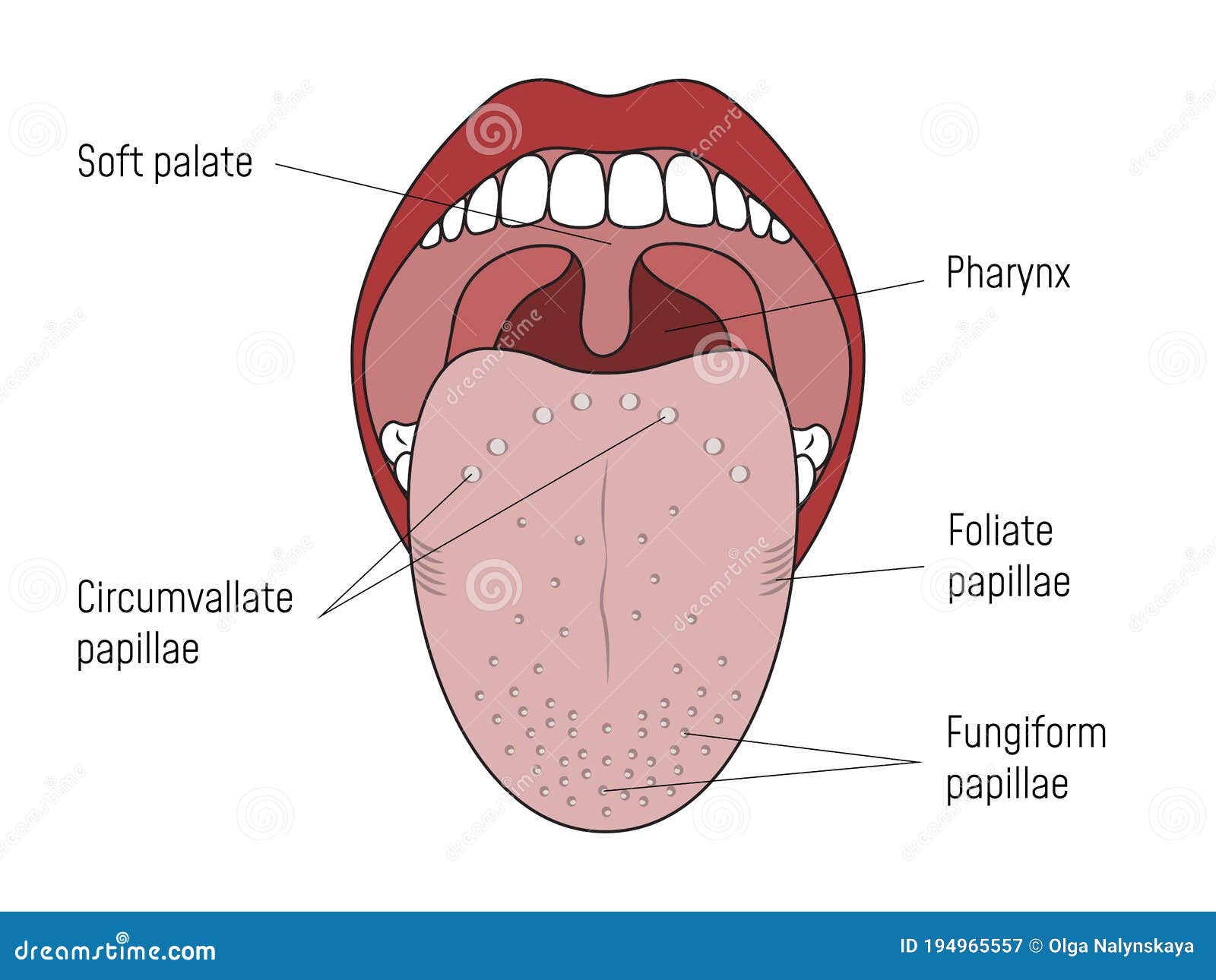

The various causes of glossodynia can include: GlossodyniaThe main symptom of glossodynia is a burning sensation on the tongue surface. Chemotherapy and radiation treatment for cancers of the head and neck.The cause isn’t known, but risk factors include: The overgrowth of papillae trap food and bacteria, which create the characteristic dark ‘coat’ on the tongue’s surface, while the tongue looks furred because of the layering of unshed papillae. Black hairy tongue, a comparatively rare condition, is caused by the failure of the old cells to shed. The tongue papillae are constantly renewing themselves and, usually, the old cells are shed as the new cells emerge.

#Taste buds on tongue skin#
Disorders such as diabetes, anaemia, some types of vitamin deficiency and certain skin diseases can include a sore tongue among the range of symptoms.Some people may experience a sore tongue from grinding their teeth (bruxism).If your top and bottom teeth don’t fit neatly together, tongue trauma is more likely.Sore tongueA sore tongue is usually caused by some form of trauma, such as biting your tongue, or eating piping-hot or highly acidic food or drink. Some medications can result in an unpleasant metallic taste in the mouth, such as tetracycline (an antibiotic), lithium carbonate (an antipsychotic) and captopril (an antihypertensive).Glossodynia, a condition characterised by a burning sensation on the tongue, is also linked to loss of taste in some cases.This is because the taste buds can only detect flavour when food is properly mixed with saliva. The autoimmune disorder known as Sjogren’s syndrome causes reduced saliva production, which in turn reduces the sense of taste.It is uncommon for every taste nerve (bitter, salty, sweet and sour) to be affected. For example, Bell’s palsy may stop the facial nerve working properly and prevent or reduce chewing function (and, therefore, alter taste). A person may lose their sense of taste if the facial nerve is damaged in some way.Loss of tasteTaste is a chemical sense that is activated during eating and drinking. Our sense of smell is thought to be about 10,000 times more acute than our sense of taste, which is why we can’t detect most food flavours when we have a cold or blocked sinuses.Ī range of tongue disordersSome tongue disorders include: Contrary to popular belief, the main organ of taste is the nose. From there, taste information is sent to the brain and combined with olfactory information from the nose. The receptor cells are connected to a mesh of nerves that transmit taste to the major nerve bundles including the facial nerve and the glossopharyngeal nerve. Taste buds explainedA taste bud consists of a cluster of receptor cells, and each cell is topped with a fine, hair-like projection called a microvillus. Some taste buds are found in the throat and palate. There are about 9,000 taste buds on the average adult tongue. These help to distinguish basic food flavours including bitter, salty, sweet and sour. At the back, sides and tip of the tongue are the taste buds. These papillae are responsible for the tongue’s textured surface. The tongue is wrapped in the lingual membrane, which is studded with tiny projections called papillae. Tongue anatomyThe base of the tongue is located in the throat just above the larynx (voice box) and extends to the hyoid bone. Some of the disorders that affect the tongue include sore tongue, black hairy tongue and tongue-tie. The dense network of nerves and muscle fibres in the tongue means that we can chew food without (usually) chewing on our tongue as well. The taste buds located on the tongue membrane contribute to the experience of food flavour. The movement of the tongue against the roof of the mouth, teeth and lips helps us to shape vocal sounds into words, as well as to eat and drink effectively. It can be divided into an oral portion (tip, blade, front, centre and back) and a pharyngeal (throat) portion. The tongue is made up almost entirely of muscle fibres.


 0 kommentar(er)
0 kommentar(er)
